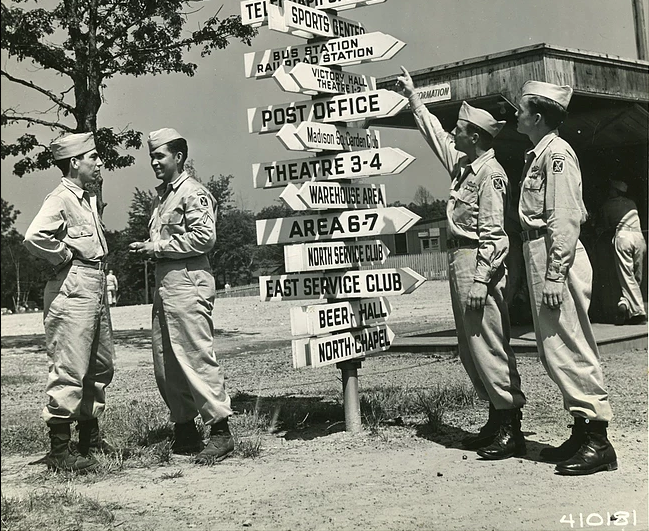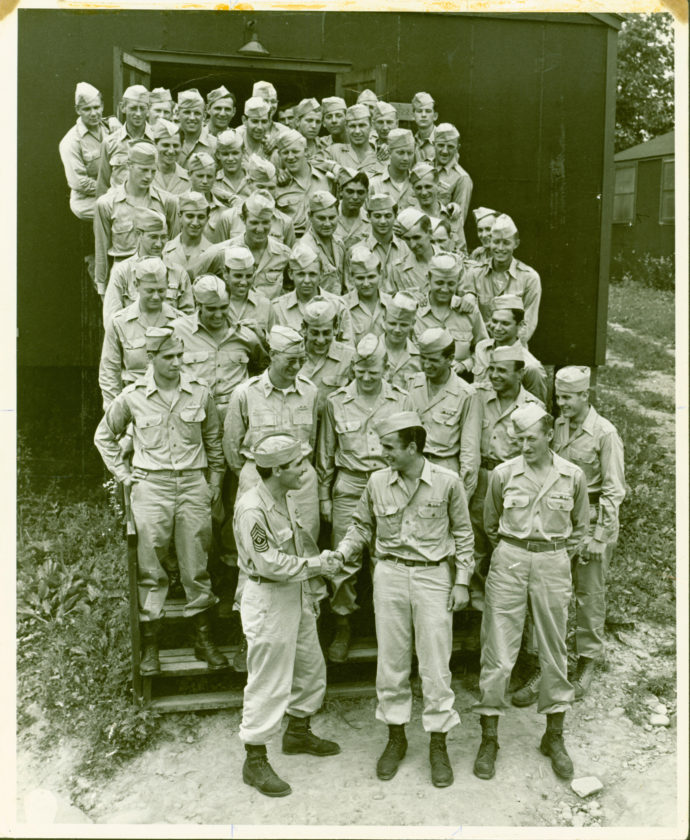
ORANGEBURG, N.Y.—The Orangetown Historical Museum & Archives’ new exhibit, “Shanks Legacy” will let users experience “a vital period in local and American History.
The exhibit is now open on Sundays, 1 to 4 p.m. and Tuesdays and Fridays, 10 a.m. to 2 p.m. Admission is free, and the museum is located at 196 Chief Bill Harris Way, Orangeburgh, N.Y.
“When Orangetown was chosen as the site of a military camp, it meant big changes for the area. Orangetown was chosen because it was close to two railway lines and had access to the Piermont Pier. This made it easy to get troops in and out,” say museum curators. “Since the area was mostly farmland, it was easy to turn the 2,040 acres Shanks encompassed into a military camp. In 1942, Orangetown residents were called to a meeting and told the government was buying their land; they could buy it back at the same price after the war. However, they only had two weeks to leave; 130 families lost their homes.”

For many U.S. servicemen, Camp Shanks was “Last-Stop, USA”—1,362,630 American troops were shipped out from Shanks.
“With an average of 40,000 troops sent overseas each month, many of the troops processed through Shanks were sent first to England then to either continental Europe or North Africa. About 75% of American troops that participated in the invasion of Normandy were processed through Camp Shanks,” curators said. “Shanks Legacy also tells the story of the women who served in the Woman’s Army Corps and civilians who became involved in the war effort.”
The exhibit also addresses what came of the military camp after the army left. The result was Shanks Village, a home for returning GIs and their families all on tight budgets and the strong-knit community that lived in former army barracks.
Visit The Orangetown Historical Museum & Archives to see this exhibit remembering the “Greatest Generation” and see their uniforms, medals, papers, and personal mementos of these heroes.
